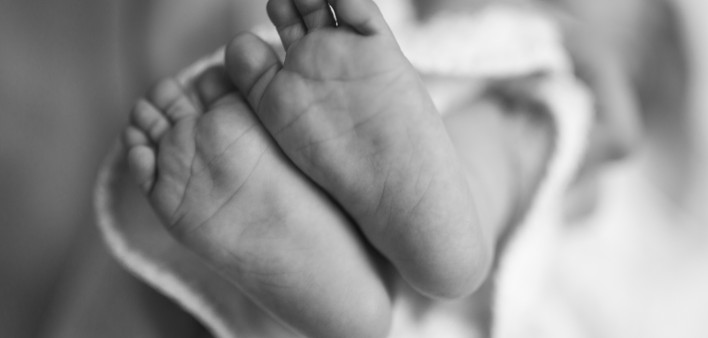HIV-negative infants born to women living with HIV who are on antiretroviral treatment were no more likely to be hospitalized than infants not exposed to HIV, but when they were, their hospitalization was more serious, according to a study published in the journal AIDS.
Worldwide, the growing availability of antiretrovirals for pregnant women living with HIV means about 15 million children have been exposed to HIV before birth but did not contract the virus, a group that researchers call HIV-exposed but uninfected (HEU). But little research has been done on which HIV medications are best during pregnancy, and their effect on HEU infants is not fully understood. Researchers are therefore curious about what, if any, health impacts such children experience.
So in this study, Kim Anderson, PhD, of the Center for Infectious Disease Epidemiology and Research at the University of Cape Town, and colleagues followed women receiving prenatal care at a large clinic in Cape Town between 2017 and 2018. They tracked the outcomes among 929 infants. About half, 463, were born to women living with HIV on antiretroviral treatment but did not have HIV themselves. The rest had never been exposed to HIV.
The researchers tracked adverse birth outcomes, like miscarriage, stillbirth, preterm births or low birth weight. They looked at how many infants were hospitalized during the first four weeks of life and the reasons for hospitalization.
Just half of the pregnant women with HIV were on antiretroviral treatment at the time of conception (53%), and almost all of the rest started or resumed treatment during pregnancy. The vast majority of women (91%) took efavirenz (Sustiva or Stocrin) during pregnancy, followed by lopinavir/ritonavir (Kaletra, 5%), nevirapine (Viramune, 4%), with a tiny fraction, less than 0.5%, on a regimen containing atazanavir (Reyataz). Most of the women (88%) had a viral load below 400 close to delivery, and the mean CD4 count was 492.
There were no significant differences in the rates of miscarriage, stillbirth or infant death between the HIV-positive and HIV-negative women. Likewise, HEU infants were no more likely to be born with infections or congenital health defects.
However, preterm birth was more common among HEU infants (15% of HEU infants versus 11% of those not exposed to HIV). In fact, HEU infants were 17% more likely to be born early and 2.3 times more likely to be born very preterm. That could be partially explained by the increased incidence of twins in the HEU group (5% versus 4%), with its attendant increase in low birthweight (68% of twins) and preterm birth (66% of twins).
But that didn’t explain all the preterm births or low birthweights. When the researchers removed from analysis the second-born twins and infants with severe congenital defects, HEU infants were still twice as likely to be admitted to the neonatal intensive care unit than their HIV-unexposed counterparts. In the end, HEU infants were 11% more likely to be born skinnier and twice as likely to be born at very low birthweights. However, they were not more likely to die from these conditions.
The researchers didn’t look at birth outcomes by HIV treatment regimen, but it may have been hard to draw conclusions from a group that was nearly universally treated with efavirenz. The study was conducted before the broad rollout of dolutegravir (Tivicay), so there were no data on the difference in outcomes between women on efavirenz and women on dolutegravir.
“Whereas other studies have found an association with preterm birth and conception on ART [antiretroviral therapy], in this cohort, women who were on ART at conception were less likely to deliver preterm than women who initiated ART in the first trimester,” wrote Anderson and colleagues. “The role of timing of ART initiation and optimal ART regimen warrants further study in large cohorts, especially as dolutegravir use becomes widespread.”
Click here to read the study abstract.
Click here for more news about pregnancy and news on the first year of life.







Comments
Comments